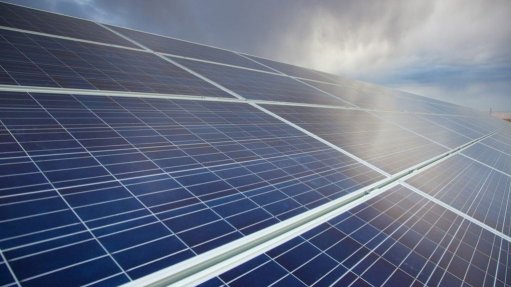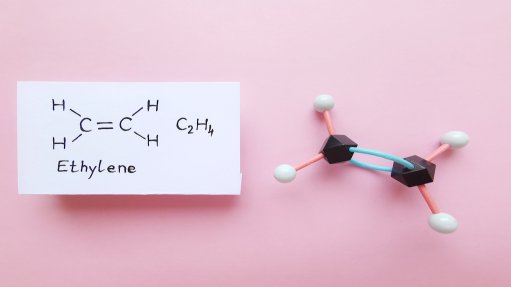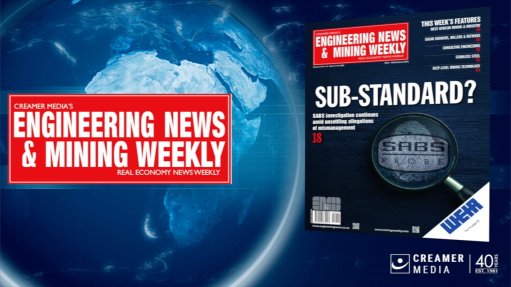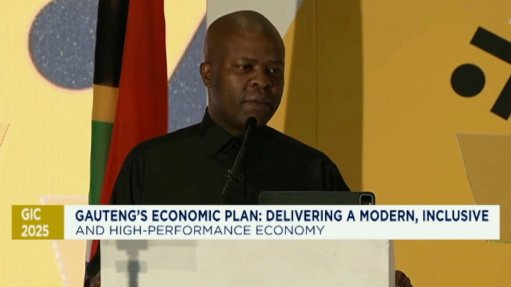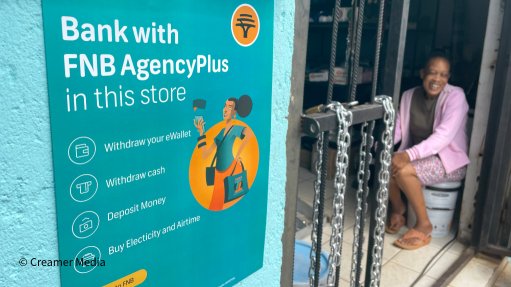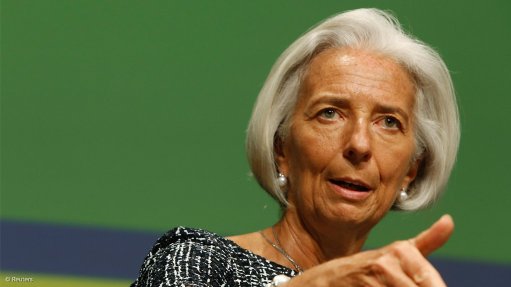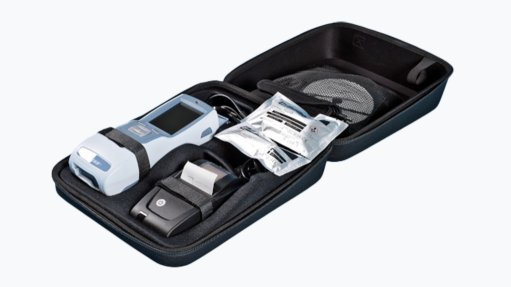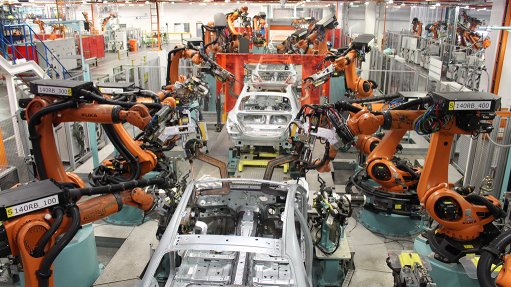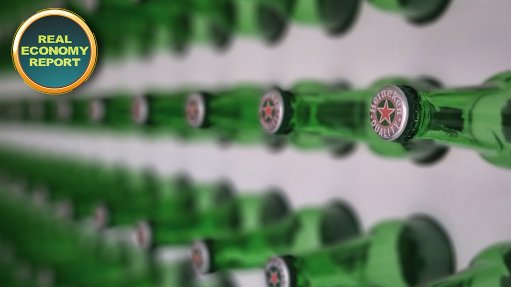Win-win solution
As outlined previously in this column, it makes sense to place exports at the heart of South Africa’s upcoming Green Hydrogen Commercialisation Strategy, despite misplaced concern that this country’s scarce renewable electricity could be used to support rich-country decarbonisation goals ahead of meeting domestic needs.
Quoting the Industrial Development Corporation’s Joanne Bate, the editorial outlined the opportunity to use the export of green hydrogen derivatives to lock in the price subsidies being offered by countries such as Germany and Japan to help accelerate the development of a large-scale industry (See Engineering News & Mining Weekly October 13, 2023). Such subsidies could prove particularly important in a context where other potential green- hydrogen competitors have significantly more fiscal space to provide direct support.
Yet in a context of ongoing loadshedding, questions persist about whether it is justifiable to divert precious renewable electrons away from local industry and households in favour of producing green molecules destined for export.
The answer, as elucidated at the recent Green Energy Summit by Enertrag’s Dr Tobias Bischof-Niemz, lies in viewing the electricity and green hydrogen sectors as counterparts rather than competitors. The slow pace of investment into much-needed new renewables generation, he submitted, was not the result of an absence of demand, projects, wind and solar resources, or land. It could also not be attributed to insufficient grid capacity, given international experience showing that the South African grid remained well below the thresholds at which variable renewable energy could no longer be absorb.
Lacking is a solid business case, owing to the intermittency of public auctions and the complexities associated with private-to- private power purchase agreements. Green hydrogen, Bischof-Niemz argued, could provide a business case underpinned by export demand from, for example, a Japanese offtaker prepared to pay a price premium for green ammonia to clean its production processes.
To meet that demand, the green hydrogen producer would build wind and solar generators, a collector grid and substation, as well as the electrolyser needed to split water into hydrogen and oxygen. To optimise the business case, the renewables generators would be “over-dimensioned” by between 15% and 20% to maximise the utilisation of the electrolyser; an overbuild that could be increased to 30% with modest incentives allowing for that generation to also meet electricity demand.
By adding an electrolyser at a coastal location in the Northern Cape, for instance, it would be possible to inject more variable renewable electrons into the electricity grid than would be the case if the wind and solar plants were decoupled to supply only into the grid in the hope that the electricity would find its way to a load centre, such as Gauteng. The reason is that the electrolyser absorbs the low-value component of the primary electricity, and the high-value electrons would flow into the grid first, increasing the load factor of the existing grid infrastructure.
Bischof-Niemz described this as an “absolute win-win”, as instead of competing for electricity, the electrolyser will help drive renewables investment.
Comments
Press Office
Announcements
What's On
Subscribe to improve your user experience...
Option 1 (equivalent of R125 a month):
Receive a weekly copy of Creamer Media's Engineering News & Mining Weekly magazine
(print copy for those in South Africa and e-magazine for those outside of South Africa)
Receive daily email newsletters
Access to full search results
Access archive of magazine back copies
Access to Projects in Progress
Access to ONE Research Report of your choice in PDF format
Option 2 (equivalent of R375 a month):
All benefits from Option 1
PLUS
Access to Creamer Media's Research Channel Africa for ALL Research Reports, in PDF format, on various industrial and mining sectors
including Electricity; Water; Energy Transition; Hydrogen; Roads, Rail and Ports; Coal; Gold; Platinum; Battery Metals; etc.
Already a subscriber?
Forgotten your password?
Receive weekly copy of Creamer Media's Engineering News & Mining Weekly magazine (print copy for those in South Africa and e-magazine for those outside of South Africa)
➕
Recieve daily email newsletters
➕
Access to full search results
➕
Access archive of magazine back copies
➕
Access to Projects in Progress
➕
Access to ONE Research Report of your choice in PDF format
RESEARCH CHANNEL AFRICA
R4500 (equivalent of R375 a month)
SUBSCRIBEAll benefits from Option 1
➕
Access to Creamer Media's Research Channel Africa for ALL Research Reports on various industrial and mining sectors, in PDF format, including on:
Electricity
➕
Water
➕
Energy Transition
➕
Hydrogen
➕
Roads, Rail and Ports
➕
Coal
➕
Gold
➕
Platinum
➕
Battery Metals
➕
etc.
Receive all benefits from Option 1 or Option 2 delivered to numerous people at your company
➕
Multiple User names and Passwords for simultaneous log-ins
➕
Intranet integration access to all in your organisation






